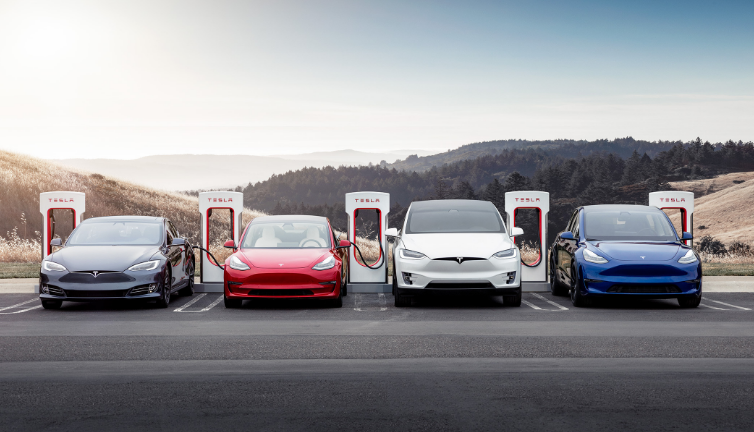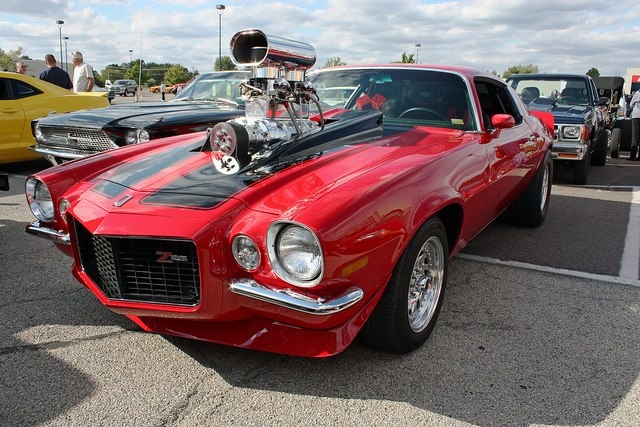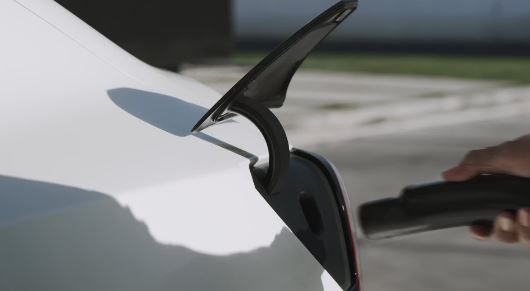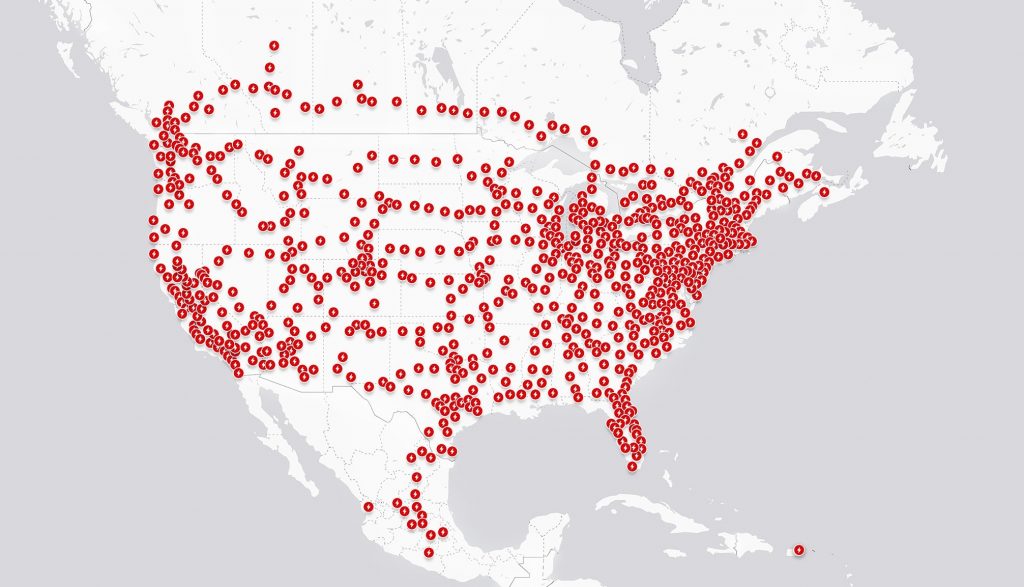
Any conversation about electric vehicles is bound to include Tesla.
The United States-based auto manufacturer is notable not only for the electric vehicles it produces, but also for the innovations it brings to EV-related technologies.
And the Tesla Supercharger is a good example of that.
No, Not That Kind of Supercharger
If you’re new to all this, understand there are two types of superchargers now in the automotive dictionary. One refers to a forced air induction system for an internal combustion engine (AKA “a blower”) and the other alludes to a specific type of proprietary electric vehicle charger. The two have nothing in common.

The former is where the term comes from and its connection with awesome hot rods is probably why the word “supercharging” is engrained into America’s pop culture lexicon. Tesla simply adopted that term as a hip name for its electric vehicle charging system.
Want to really get into the weeds on engine superchargers? Read this: Blower Basics (Part 1): A Guide to Supercharger Types & Terminology
How Long Does it Take to Charge a Tesla?
In simple terms, a Tesla Supercharger is a remotely-located charging station that, according to Tesla, allows drivers to charge a Model S, Model X, or Model 3 in minutes rather than hours.
That’s because the Supercharger is substantially more powerful than a Level 1 or Level 2 charger you’d find in a residential home. Tesla says a Supercharger can deliver up to a 200-mile charge in as little as 15 minutes.

Charging is a simple plug-and-play. Tesla (and most other vehicle manufacturers) are working to make the battery charging process as easy as possible. Once plugged in, charging happens automatically with no need to swipe a credit card, and you can monitor your charge via smartphone.
Can Other Electric Vehicles Use a Tesla Supercharger?
The short answer is no. Or at least not many at the moment. While Tesla has released its patents to encourage collaboration and knowledge-share within the automotive industry, adoption of Supercharger-compatible charging has been slow.
Some companies are currently building-in compatibility with Tesla Superchargers, but most mainstream EV manufacturers are instead relying on the industry standard charging parameters, and the requisite SAE J1772 EV charging connector plug. This plug allows EV owners to connect to most EV chargers in the United States.
(We’ll have another article soon that’ll delve deeper into EV charging time along with the differences in Level 1, Level 2, and Level 3 charging.)
Teslas are equipped with a SAE J1772 plug adapter too, so owners can connect to either a standard EV charger OR a Tesla Supercharger, when available.
How Tesla Superchargers & Level 3 Charging Can Improve Electric Vehicle Adoption
Electric vehicle charging time is a big deal. You can fill a traditional car with gasoline in a few minutes and conceivably get several hundred more miles of range. So electric vehicle manufacturers like Tesla are working hard to replicate that with battery electric vehicle charging systems.
As you’d imagine, quickly charging an electric vehicle battery is vitally important to improving EV practicality. That, in turn, will presumably increase the adoption of electric vehicles.
More importantly, while you can charge an electric vehicle at home or your destination, being able to charge en route is critical to quell the “range anxiety” that a lot of folks list as a reason why they’re hesitant to own an EV. (Ever been low on gas and can’t find a fill-up station? That’s what we’re talking about here…)
Where Can You Find a Supercharger Station to Charge Your Tesla?
Tesla designed and built its Superchargers to directly confront both the range anxiety and charging time concerns of current and potential electric vehicle owners.
So to understand the importance of the Tesla Supercharger means understanding that it’s not just a charging source. Rather, it’s a network of strategically-placed electric vehicle chargers, located at “Supercharger Stations,” that allows Tesla owners to recharge on the go. In simple terms, it’s the Tesla analog to a gas station.

Tesla says it’s putting Supercharger Stations near roadside restaurants, wi-fi hotspots, and shopping centers—basically most places you’d expect to see a standard filling station anyway.
Better still, Tesla’s website will show you exactly where these Supercharger Stations are, so you can plan your trip route to ensure you’ll be able to find a station when you need one.
Want to learn more?

[…] Any conversation about electric vehicles is bound to include Tesla. The United States-based auto manufacturer is notable not only for the electric vehicles it produces, but also for the innovations […] Read full article at http://www.onallcylinders.com […]
[…] It’s important to note that, while Tesla Superchargers can be considered Level 3 EV chargers, they’re not universally compatible with every EV model. We won’t dedicate a whole lot of space to them in this story, because you can read an entire standalone article on Tesla Superchargers here. […]
I see a time in the near future when the charging rate cost will kill the EV vechicles.
As of now we use fossil fuel and with the green movement killing off fossile fuels where is the power coming from.
Less power more cost. Law of supply and demand.
You can’t build enough wind mills and solar systems to supply the homeowner with low cost fuel now let alone power a few million cars with electricity.
Not only that but the range of these EV’s is about 1/3 their range when the cold weather kicks in.
Another great green ideal.
[…] it’s mighty convenient to quickly “top-off” your EV at one of those fancy rapid chargers, remember that you’re slamming a lot of amperage into your EV’s battery—which can be […]
[…] an example, to incentivize a new vehicle purchase, Tesla may offer free charging at its Tesla Superchargers for a period of time. Once the free period has lapsed, Tesla owners can pay for using a Tesla […]